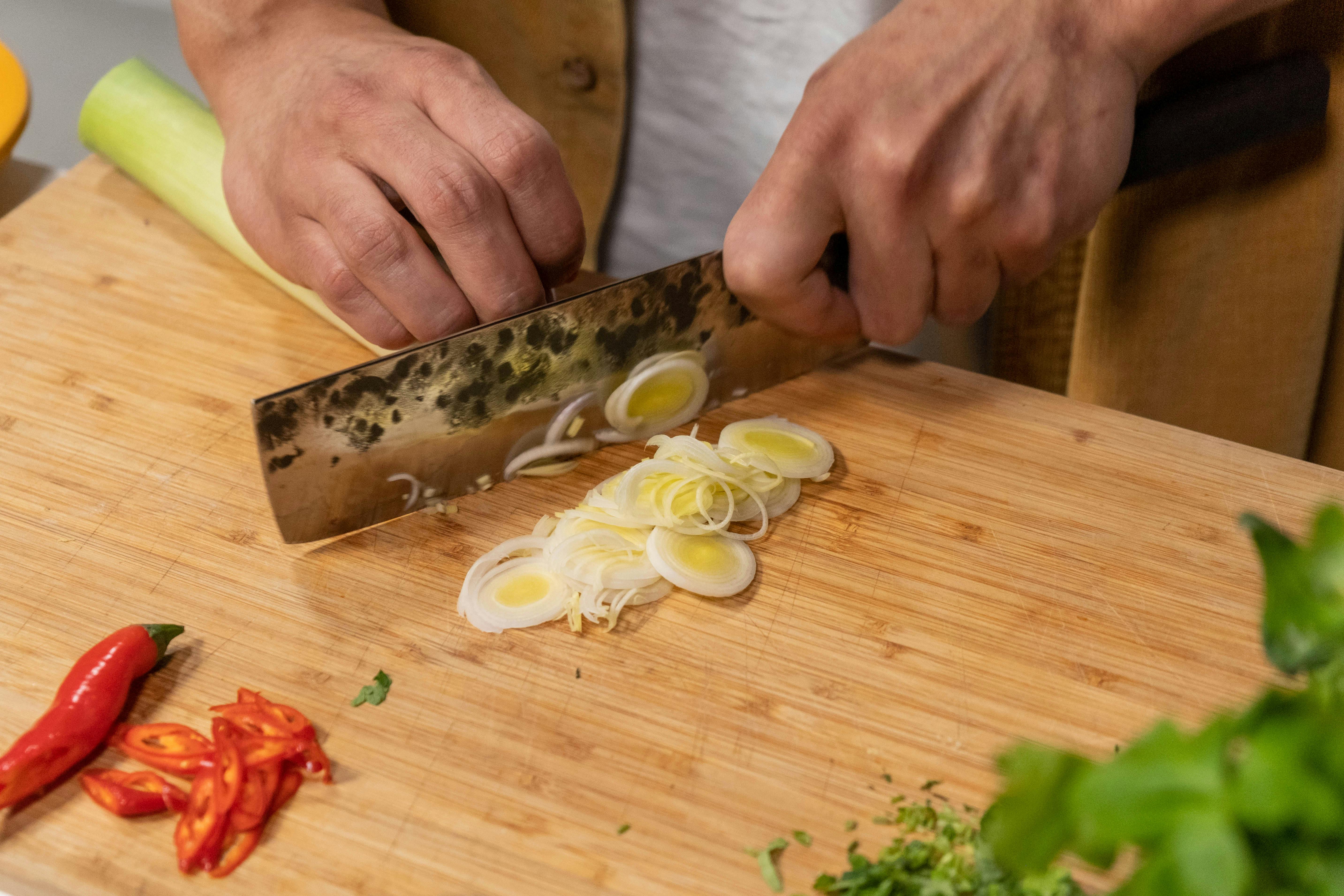Many areas of a home, inside and out, could use a stone countertop application, or you can have entire rooms stone. Between fireplaces, countertops, outdoor applications, retaining walls, and everything in between, every home could benefit both ascetically and in terms of usability from having some type of stone surface installed in their home. The actual stone installation process generally depends on what the specific application consists of because many different stones must be installed differently.
The first process for installing a countertop or appliance is to schedule a free consultation with your drywall installation company. The company will send out a consultant who will discuss with you your different stone options, such as granite or marble, and then measure the amount of stone that will be needed for the installation. During this consultation, you will get a rough idea of how much your project will cost.
Another important part of your initial inquiry is selecting which specific material you want. Granite is a very popular choice for kitchens and many countertops throughout the home. It is so popular due to the affordable, durable, and cost-effective aspects of the stone itself. Once your stone is chosen, the stone installer will make some templates of the needs of the countertop. Once these templates are made, they will go back and cuts will be made for each piece of countertop that is needed.
When installing each piece of stone, it will sometimes be necessary to have a seam. Your installer will make the seam as inconspicuous as possible and ensure all your countertops are completely level. They will also ensure that there is an adequate amount of support under the stone, so that the installation will last a long time. Leveling the stones as you install them also helps keep the stone at full strength, making sure it doesn’t break under pressure.
After your stone has been cut, set, joined, and overall installed, will come the final part of the installation process. The stone will need to be polished and then sealed. The polishing of the stone is what brings out the natural colors of the stone that look so good. The sealing process will ensure that the polished stone is protected and not prone to wear. Some people choose not to seal their stone for a more natural appearance. This process is typically consistent with chimneys and walkways. The overall process is not very complicated and tends to be very affordable when you buy stone from your installer, so don’t hesitate to consult with an installer and start your home remodel.



